These Are the Most Iconic Samsung Phones From the Past 20 Years
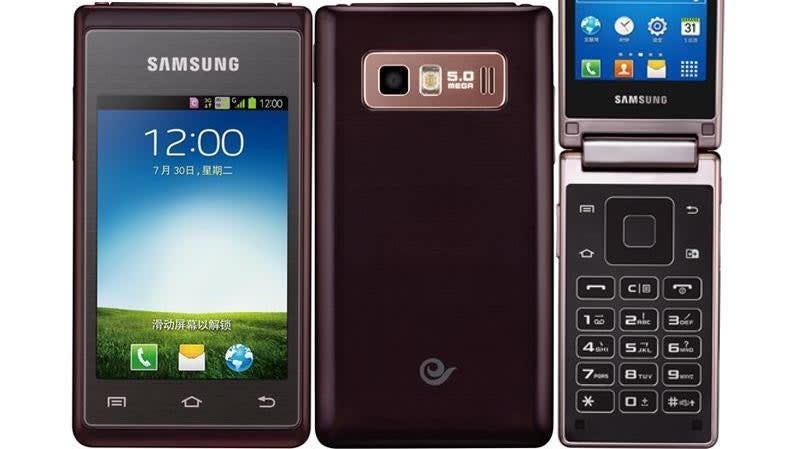
Even though today is all about Samsung’s big Galaxy S24 event, it never hurts to take a moment and think about its past. Now, as much as I love a shiny new phone with a great camera and tons of features, there’s always something special about these old phones that I’ll always enjoy. So, let’s do just that and check out the most iconic Samsung phones over the past two decades.
SPH-N270 — 2003
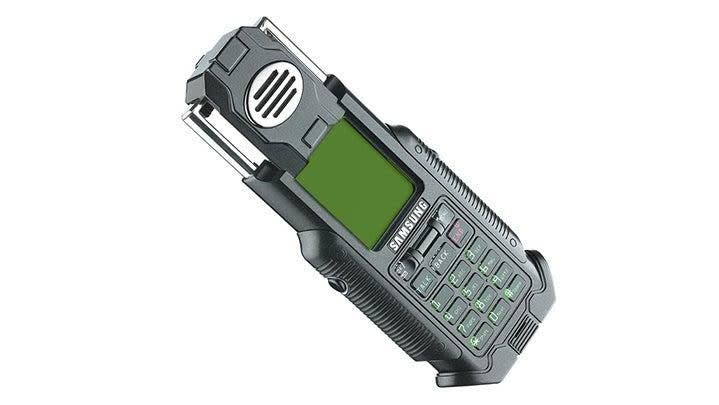
For the early 2000s nostalgia’s sake, let’s start with the SPH-N270. This is what Samsung looked like before it befriended Android. This phone from 2003 is iconic because it was featured in The Matrix Reloaded. In fact, it wasn’t even introduced as a phone for everyday use; it was marketed to fans of The Matrix series and is alternatively known as the ‘Matrix phone.’
Read more
Dan Quinn has gone from top coaching candidate to consolation prize overnight
Toyota Is Moving A Prewar 700-Ton Press Machine Halfway Around The World
Richard Simmons once again politely asks the world (and Pauly Shore) to leave him the hell alone
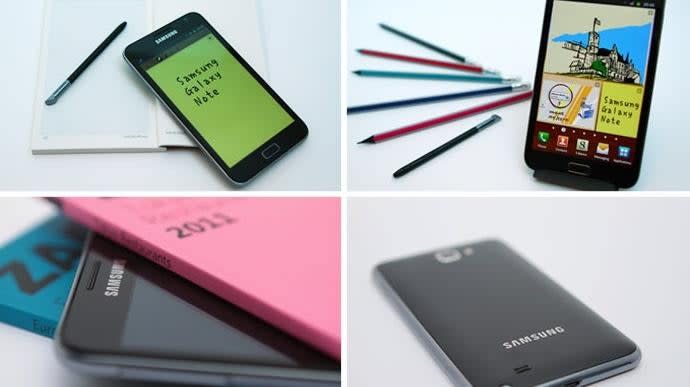
A year later, Samsung introduced the concept of a ‘ginormous phone with a stylus’ with the Galaxy Note. Later referred to by the term “phablet”, the Note was known for its unusually huge (for that time) form factor. Its 5.3-inch display and the accompanying S Pen gained considerable hype.
Galaxy S3 — 2012
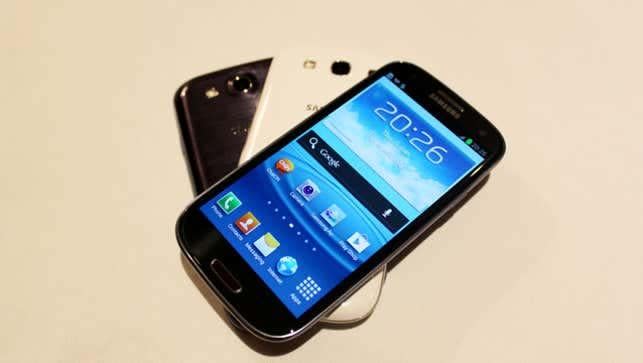
In 2012, Samsung dropped what was officially its most-sold S-series phone: the Galaxy S3. This phone was the S series’s third phone and was received incredibly well. Fun fact: it was referred to as the ‘iPhone killer.’ Florence Ion can probably attest to that, as it was the S3 that brought her from iOS to Android.
SCH-W789 — 2012
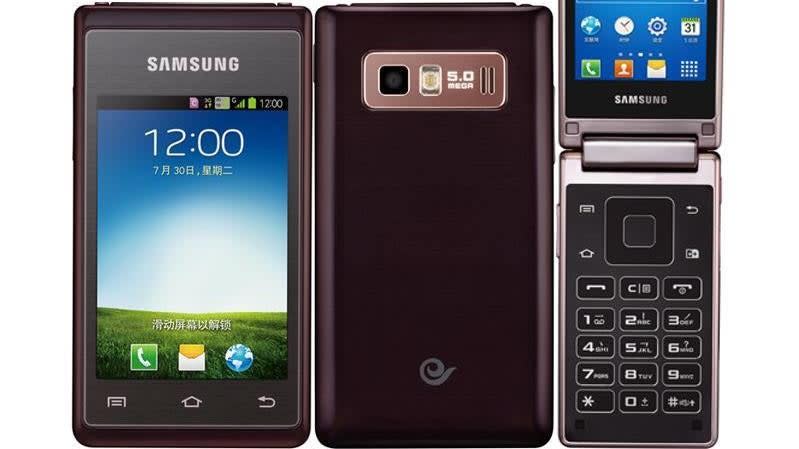
Released in 2013, the SCH-W789 was a flip phone with Android on it. Truly ahead of its time, this phone became pretty popular and was touted for its sturdy and robust build. It sported two 3.3-inch screens: one on the front and one on the inside.
Galaxy S5 — 2014
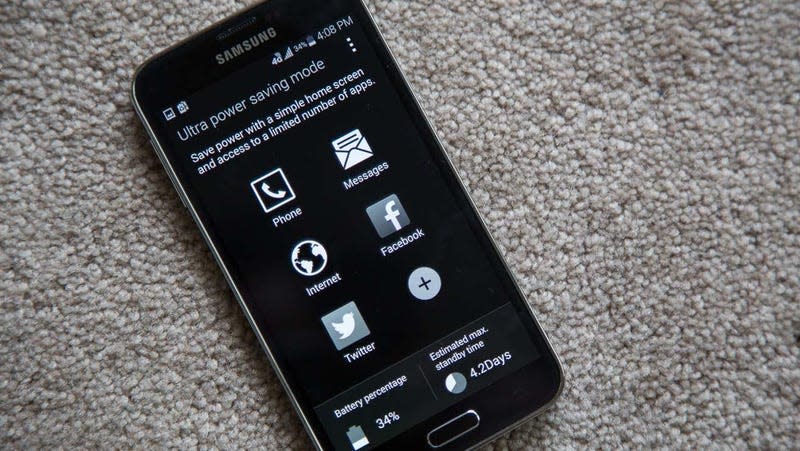
2014 saw the release of the Galaxy S5. While the S5 was appreciated for its battery life and camera, it was mostly critiqued for excessive bloatware. Its software was regarded as much less user-friendly than HTC and Motorola at the time.
Galaxy Note Edge — 2014
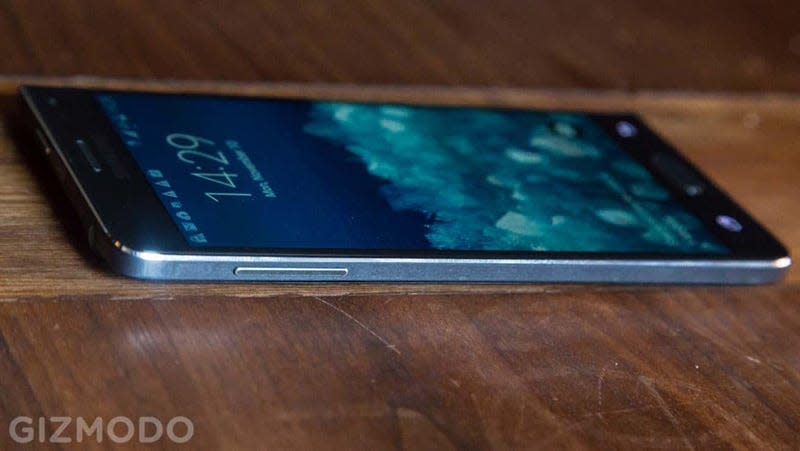
The same year, Samsung introduced the Galaxy Note Edge—the phone with a curved screen— which was extremely fascinating for that era. People appreciated the extra real estate on the edge of the device and referred to it as a second screen. Eventually, this spilled over to the Galaxy S6 and S7 with their own versions of the Edge.
Galaxy S6 — 2015
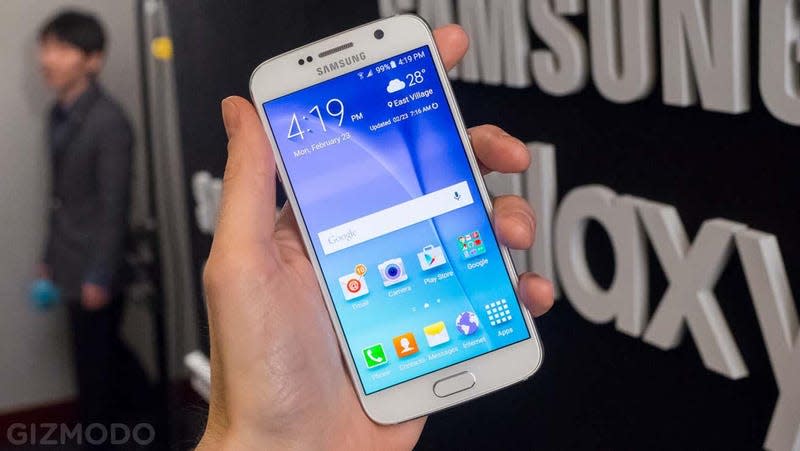
A year later, in 2015, we got the first phone to offer Gear VR support when VR was billed as the next big thing: the Galaxy S6. The S6 was also praised for its premium aesthetic and how much it resembled the iPhone 6.
Galaxy Note 7 — 2016
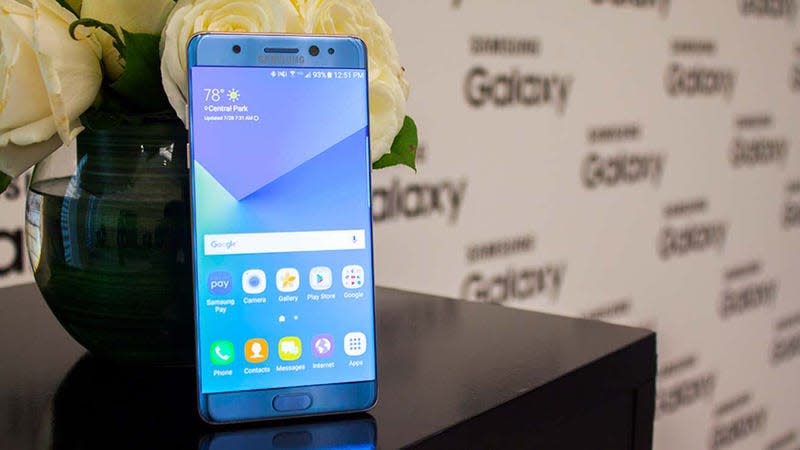
Revealed as a successor to the Note 5, the Galaxy Note 7 was the sixth phone in the Note series and the last to sport a physical home button. The Note 7 was a big hit until it was recalled just two months later due to some cases of exploding batteries.
Galaxy S8 — 2017
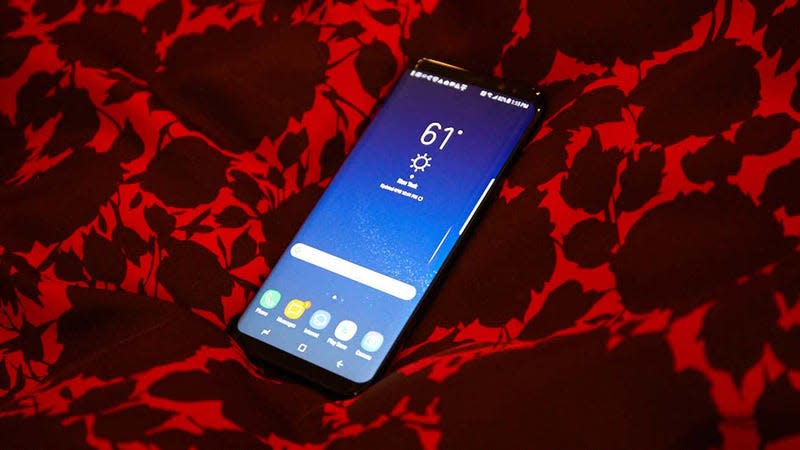
Samsung introduced the plus size with the Galaxy S8 and S8+ release in 2017. The S8 received appreciation for its design and was even deemed ‘the most beautiful phone available’ at the time.
Galaxy S20 Ultra — 2020
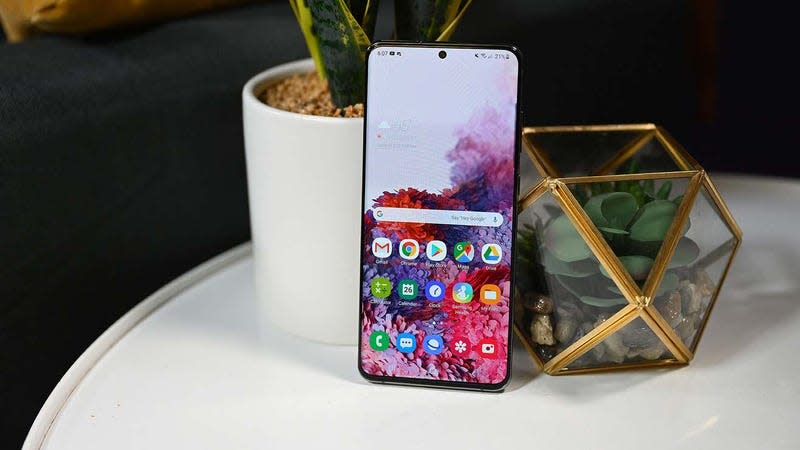
The Galaxy S20 Ultra from 2020 is another note-worthy Samsung release. Priced at a staggering $1,400, this was marketed as the brand’s ‘super premium’ phone and was the first to do 100x zoom/Space Zoom. Its powerful specs and big display were received well, but the Space Zoom felt gimmicky to consumers.
Galaxy S22 Ultra — 2022
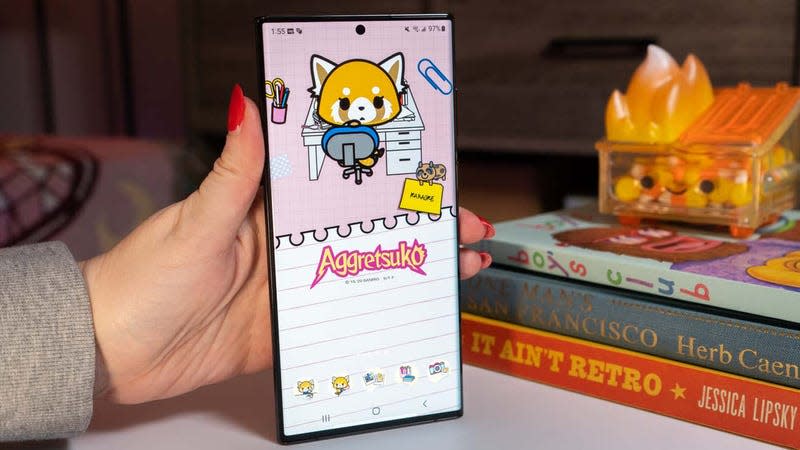
Samsung officially said bye to the Note series in 2020 and began to bring some specs from those phones into its S series Ultra models, starting with the Galaxy S22 Ultra released in 2022. The Galaxy S22 Ultra and S23 Ultra phones got Samsung into a controversy when a user on Reddit exposed the Space Zoom moon shots to be fake and claimed that it’s AI doing all the work instead.
More from Gizmodo
Aaron Rodgers and Pat McAfee are proof that ESPN only wanted Black talent to ‘stick to sports’
World's Largest Cruise Ship Has Twenty Decks, But Barely Any Of It Sits Below The Water
If You Had To Buy A Car Today To Last 250,000 Miles, What Would You Buy?
Sign up for Gizmodo's Newsletter. For the latest news, Facebook, Twitter and Instagram.

